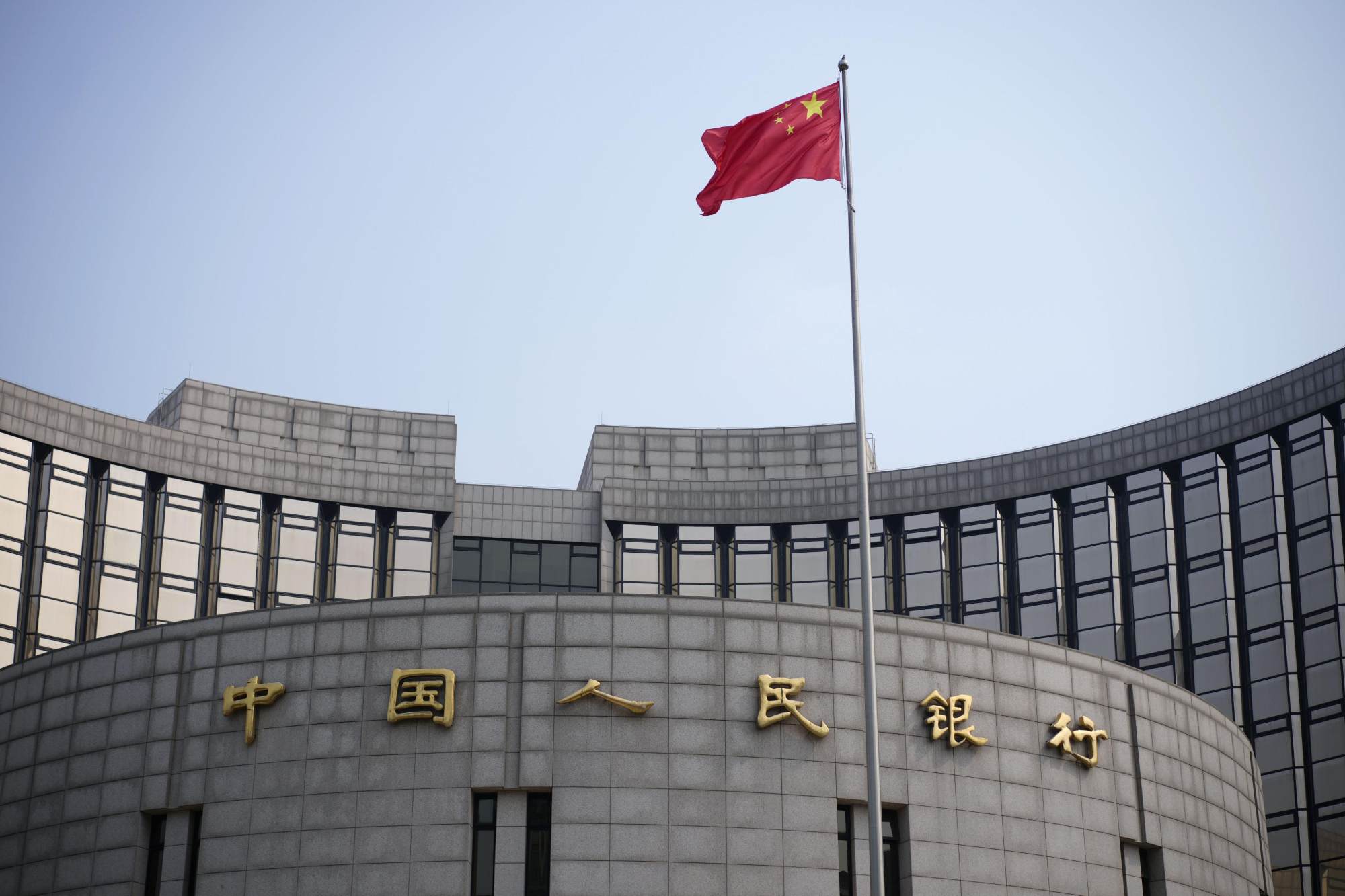To provide a deterrent to China’s domination of the South China Sea, the US would need to place its warships, planes and missiles in the region, possibly the Philippines
There is an ongoing discussion in Washington circles as to what the US should do about China’s creeping military control of the South China Sea. Various suggested solutions present their own problems. Moreover, conflation of the US’ security interests with those of China’s rival claimants is a double-edged sword.
The US faces a dilemma. To maintain its hegemony and get China to back off from its bullying of rival claimants, it needs a sustained deterrent in the region. China has militarised the features it occupies and modernised its military to the extent that it would probably overwhelm US forward-deployed forces before reinforcements from extraregional bases could arrive.
Moreover, China’s rival claimants are more or less helpless in the face of its “salami slicing” and harassment of their resource-related activities in their own exclusive economic zones. They need American backup. If the US fails to sufficiently provide this, they will question its role as a regional security guarantor and consider making deals with China instead.
Thus, to reassure these claimants and not lose them to China, the US would need to place its warplanes, warships and missiles in the region.
The Philippines would be the most likely host. Indeed, the implementation of the US-Philippines Enhanced Defence Cooperation Agreement, which was delayed under president Rodrigo Duterte, would allow the US to pre-position personnel and defence materiel, including perhaps intermediate-range missiles.
But just whose interests would the US be protecting? If it is protecting both its interests and the claimants’, is the risk involved an acceptable trade-off for the claimants?
Why the Philippines – why not Indonesia, Malaysia or Vietnam? For one thing, those countries would not agree to become proxies to help the US maintain its hegemony. Moreover, the US almost has the Philippines on the hook with the defence cooperation agreement and Washington is pressuring Manila to accept an arrangement that no other Southeast Asian country would entertain.
But this raises many issues for the new government of President Ferdinand Marcos Jnr. First, Manila would have to mollify the nationalists who do not want a return of US troops.
There is an ongoing discussion in Washington circles as to what the US should do about China’s creeping military control of the South China Sea. Various suggested solutions present their own problems. Moreover, conflation of the US’ security interests with those of China’s rival claimants is a double-edged sword.
The US faces a dilemma. To maintain its hegemony and get China to back off from its bullying of rival claimants, it needs a sustained deterrent in the region. China has militarised the features it occupies and modernised its military to the extent that it would probably overwhelm US forward-deployed forces before reinforcements from extraregional bases could arrive.
Moreover, China’s rival claimants are more or less helpless in the face of its “salami slicing” and harassment of their resource-related activities in their own exclusive economic zones. They need American backup. If the US fails to sufficiently provide this, they will question its role as a regional security guarantor and consider making deals with China instead.
Thus, to reassure these claimants and not lose them to China, the US would need to place its warplanes, warships and missiles in the region.
The Philippines would be the most likely host. Indeed, the implementation of the US-Philippines Enhanced Defence Cooperation Agreement, which was delayed under president Rodrigo Duterte, would allow the US to pre-position personnel and defence materiel, including perhaps intermediate-range missiles.
But just whose interests would the US be protecting? If it is protecting both its interests and the claimants’, is the risk involved an acceptable trade-off for the claimants?
Why the Philippines – why not Indonesia, Malaysia or Vietnam? For one thing, those countries would not agree to become proxies to help the US maintain its hegemony. Moreover, the US almost has the Philippines on the hook with the defence cooperation agreement and Washington is pressuring Manila to accept an arrangement that no other Southeast Asian country would entertain.
But this raises many issues for the new government of President Ferdinand Marcos Jnr. First, Manila would have to mollify the nationalists who do not want a return of US troops.
While there is ample support for the re-establishment of US bases among the Philippine populace and military, the old problems could return – lack of respect for Filipinos and Filipino culture, and abuse of Filipinos, especially women – and the US could be driven out again.
Moreover, the Philippine government would have to deal with the economic blowback from China for siding with the US.
In a recent Foreign Affairs article, Gregory Poling – director of the Asia Maritime Transparency Initiative at the Centre for Strategic and International Studies in Washington – says one solution is to “secure US interests at an acceptable cost by pushing China toward a compromise that its neighbours and the international community could live with”. But the question is: acceptable to whom? The US or Southeast Asian countries?
Poling further proposes that, in such a compromise, “China must recognise all the freedoms of the seas: unimpeded navigation for commercial traffic, access for foreign navies, and resource rights for coastal states”.
There is an important distinction between “navigation for commercial traffic” and “access for foreign navies”. When the meaning of “access for foreign navies” is left open, it could be a deal-breaker for Beijing.
There is an ongoing discussion in Washington circles as to what the US should do about China’s creeping military control of the South China Sea. Various suggested solutions present their own problems. Moreover, conflation of the US’ security interests with those of China’s rival claimants is a double-edged sword.
The US faces a dilemma. To maintain its hegemony and get China to back off from its bullying of rival claimants, it needs a sustained deterrent in the region. China has militarised the features it occupies and modernised its military to the extent that it would probably overwhelm US forward-deployed forces before reinforcements from extraregional bases could arrive.
Moreover, China’s rival claimants are more or less helpless in the face of its “salami slicing” and harassment of their resource-related activities in their own exclusive economic zones. They need American backup. If the US fails to sufficiently provide this, they will question its role as a regional security guarantor and consider making deals with China instead.
Thus, to reassure these claimants and not lose them to China, the US would need to place its warplanes, warships and missiles in the region.
The Philippines would be the most likely host. Indeed, the implementation of the US-Philippines Enhanced Defence Cooperation Agreement, which was delayed under president Rodrigo Duterte, would allow the US to pre-position personnel and defence materiel, including perhaps intermediate-range missiles.
But just whose interests would the US be protecting? If it is protecting both its interests and the claimants’, is the risk involved an acceptable trade-off for the claimants?
Why the Philippines – why not Indonesia, Malaysia or Vietnam? For one thing, those countries would not agree to become proxies to help the US maintain its hegemony. Moreover, the US almost has the Philippines on the hook with the defence cooperation agreement and Washington is pressuring Manila to accept an arrangement that no other Southeast Asian country would entertain.
But this raises many issues for the new government of President Ferdinand Marcos Jnr. First, Manila would have to mollify the nationalists who do not want a return of US troops.
While there is ample support for the re-establishment of US bases among the Philippine populace and military, the old problems could return – lack of respect for Filipinos and Filipino culture, and abuse of Filipinos, especially women – and the US could be driven out again.
Moreover, the Philippine government would have to deal with the economic blowback from China for siding with the US.
In a recent Foreign Affairs article, Gregory Poling – director of the Asia Maritime Transparency Initiative at the Centre for Strategic and International Studies in Washington – says one solution is to “secure US interests at an acceptable cost by pushing China toward a compromise that its neighbours and the international community could live with”. But the question is: acceptable to whom? The US or Southeast Asian countries?
Poling further proposes that, in such a compromise, “China must recognise all the freedoms of the seas: unimpeded navigation for commercial traffic, access for foreign navies, and resource rights for coastal states”.
There is an important distinction between “navigation for commercial traffic” and “access for foreign navies”. When the meaning of “access for foreign navies” is left open, it could be a deal-breaker for Beijing.
The US conflates freedom of commercial navigation with the “freedom” of its military to spy on and threaten China’s defences. While China does not object to ordinary military transit in the South China Sea, it does object in word and deed to military activity it deems to be against the United Nations Convention on the Law of the Sea (UNCLOS), which requires other states to have “due regard” to the coastal state’s rights and duties in its exclusive economic zone.
Meanwhile, in a doomsday prediction, Poling says China’s creeping coercion could lead to a shutdown of petroleum exploration and fishing, and a rise in shipping insurance costs; this would further lead to the end of the US-Philippine alliance, violations of UNCLOS and, ultimately, the collapse of the global order.
However, there seem to be several leaps of logic here, especially with regard to a connection between China’s South China Sea domination and the collapse of the world order.
An alternative is a compromise between China and its rival claimants that the US supports.
But, as Polling acknowledges, this would require “a years-long effort to impose costs on and shape incentives for China” and “a coalition of Asian and European partners”. In this scenario, a renewed US military presence in the Philippines and the military upgrading of China’s rival claimants would buy time.
But, with the possible exception of Indonesia, it is highly unlikely that any of China’s rival claimants will confront it militarily and, even if they do, they would almost certainly be quickly defeated without US backup.
All this is barking up the wrong tree in the dark forest of a security dilemma. Projection of military power only begets more of the same, in a cycle that can only end in disaster for all concerned.
If the US wants to avoid direct conflict with China in the South China Sea, it must accommodate to some degree Beijing’s aspirations and interests in the region. And, for the sake of stability, China must accommodate some of Southeast Asian nations’ interests – particularly those of rival claimants.
In both cases, the details can be negotiated. Only then can there be lasting peace and stability in the South China Sea.















